The term social-emotional learning (SEL) comes with a lot of preconceptions and misconceptions. Over time, we have heard people dismiss it as “warm fuzzy stuff” or “that’s just character education repackaged.” We’ve heard it used to help many, many students and educators. And we’ve heard it used as a weapon against students and educators as well.
When we talk about SEL, we are talking about, “the process through which all young people and adults acquire and apply the knowledge, skills, and attitudes to develop healthy identities, manage emotions and achieve personal and collective goals, feel and show empathy for others, establish and maintain supportive relationships, and make responsible and caring decisions.” (CASEL)
SEL has the power to be extremely impactful for all students. It encompasses a wide variety of career and life-ready skills that people use everywhere every day as they go about their lives. These skills range from communication to problem-solving to self-discipline.
Among the critiques of SEL, here are two that bear our consideration because, if left unchecked, they will weaponize SEL and create more inequitable and more unjust environments for students, schools, and communities.
The first critique is that SEL is used as a band-aid approach for Students of Color to learn to better deal with the ramifications of racism. This is an unfair generalization of all approaches to SEL. However, in situations where this is true, this approach to SEL is an insult to the systemic nature of racism and the need for all students – all people – to have robust social and emotional skills. SEL should not be used as a tool to “fix” any population of students. Instead, the focus should be on addressing beliefs and mindsets, as well as school and district policies to create an equitable learning environment. Does improving students’ social emotional skills change behavior? Yes. Does it inherently change who students are? No. Different cultures, different experiences, different resources impact how students show up each day. We give them tools. And we all need those tools.
The second critique is that SEL is, and should be, siloed. It is applied to only some students and not to others. It is only for students and not for adults. It is applied without a trauma-informed and culturally sensitive disposition. It’s that off-the-shelf curriculum, but not part of the other future ready work, SAP programming, or other efforts to support students. It’s only for elementary kids. It’s only the counselor’s job. The “othering” of SEL weakens its power to create more cohesive, supportive communities where people see value in themselves and one another to solve immense problems.
If it’s not obvious, I am passionate about the possibilities inherent in SEL. But I do so with the understanding that strategies can so often be implemented without care, without putting students at the center of solutions. While I could go on and on, I urge you to ensure that SEL is a key component of every child’s education from their earliest years to the day of graduation and beyond. I urge you to model the best you have in your own SEL skills and to talk about those skills. In places where SEL is seen as “a trojan horse” for critical race theory, I encourage you to find ways to talk about the specific skills that students need to be future ready with all of your stakeholder groups. And when you think about your SEL practices and expectations, how do you know that you and your students are growing? How do you know it’s reaching all students and not only some?
SEL can be a lever for advancing educational equity and excellence:
“While SEL alone will not solve longstanding and deep-seated inequities in the education system, it can help schools promote understanding, examine biases, reflect on and address the impact of racism, build cross-cultural relationships, and cultivate adult and student practices that close opportunity gaps and create a more inclusive school community. In doing so, schools can promote high-quality educational opportunities and outcomes for all students, irrespective of race, socioeconomic status, gender, sexual orientation, and other differences.” (CASEL)
Opportunities for Reflection
- How is SEL instruction an explicit part of every student’s experience?
- How do you feel about your own competence in self-awareness, self-management, social awareness, relationship building, and responsible decision-making? Where would you like to grow? How can you start?
- How are you modeling all aspects of SEL (self-awareness, self-management, social awareness, relationship building, and responsible decision-making) with your students?
- Are you explicitly naming knowledge and skills in front of your students? If not, is there a place you could?
- Are you currently talking about SEL practices and skills with your students? How might you share what works for you and invite your students to work on developing their own skills?
- If SEL is dangerous language in your context, how might you address the skills embedded in SEL in ways that can still support your students’ future readiness?






